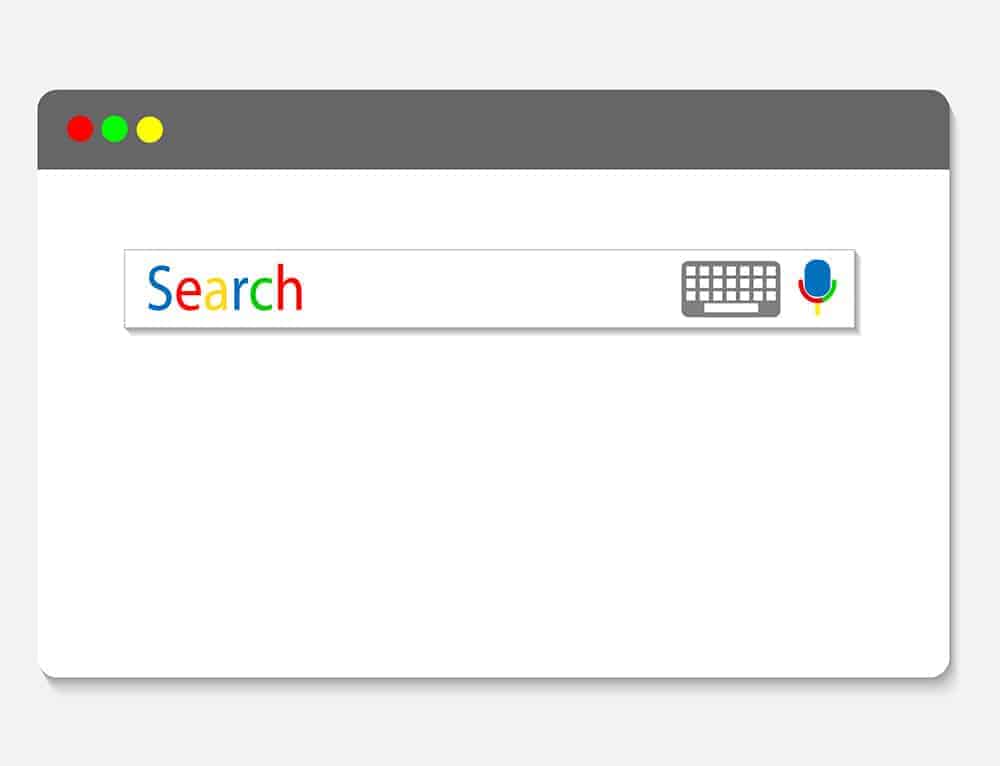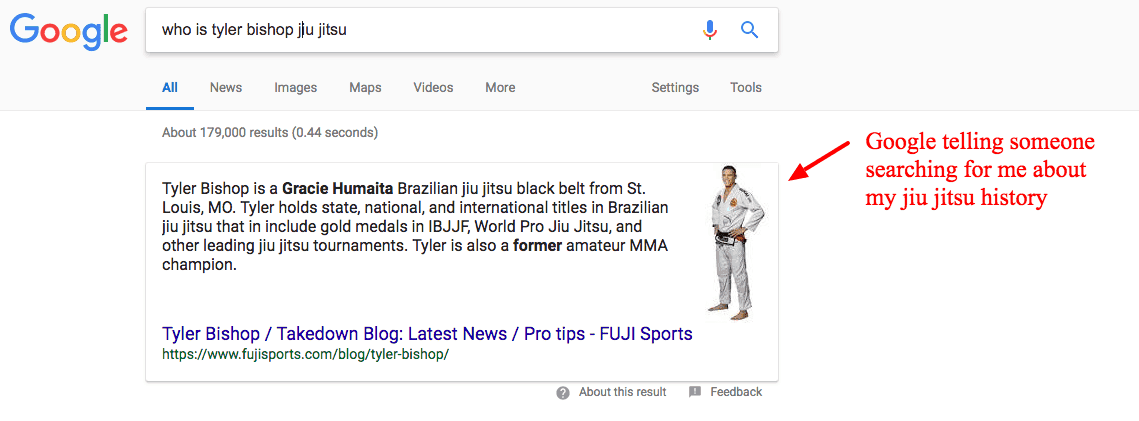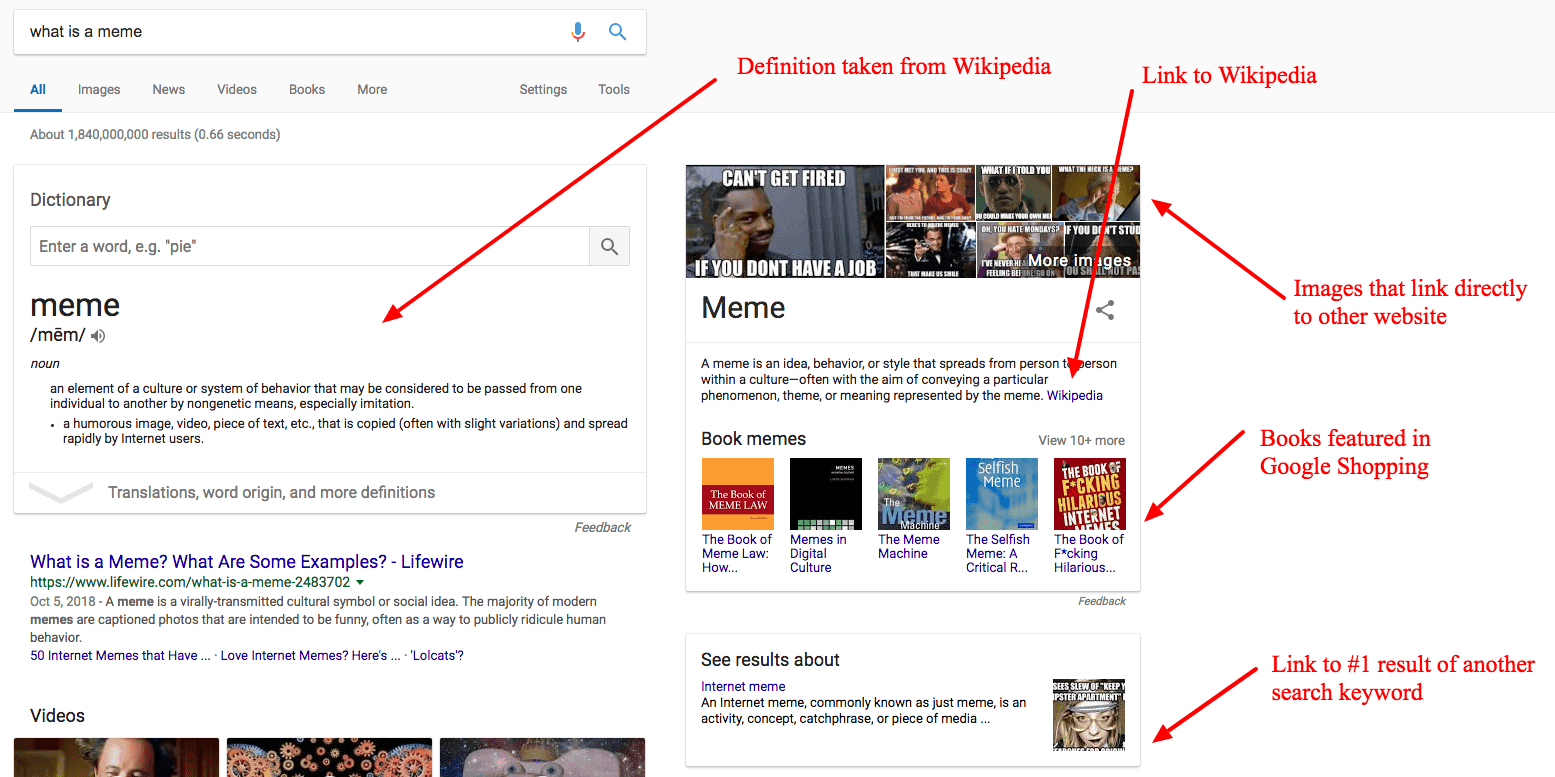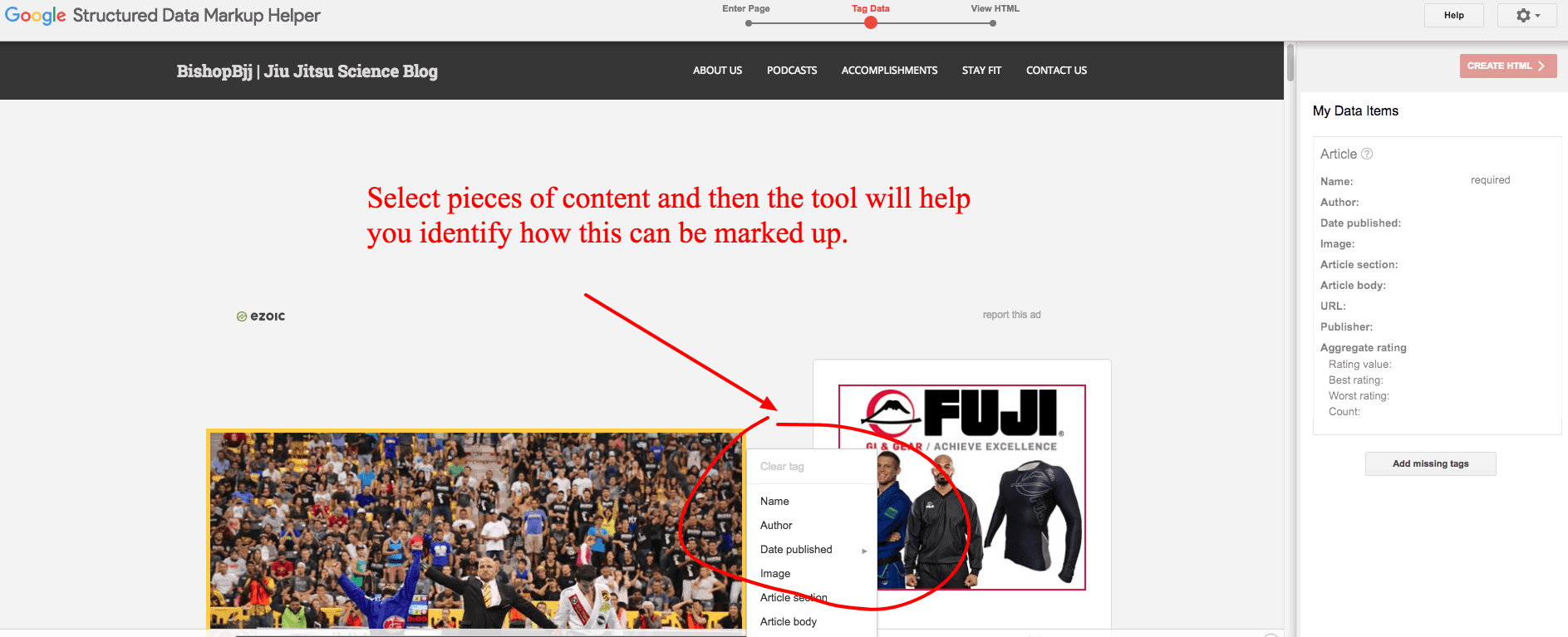Will Google Knowledge Graph Steal Your Website Traffic?
Since Google announced their Knowledge Graph in 2012, digital publishers and content creators reliant on Google for traffic have wondered if the search giant would begin to siphon away their stream of organic search traffic in favor of Google produced answers and information. While Google Knowledge Graph is no longer new, the scope of how it has been integrated into search results has expanded extensively in the last few years.
Should publishers be worried?
Recently, I had a chance to host a digital publishing event at Google offices that discussed this topic. Google — and other search experts — addressed the topic head-on.
Below, I’ll review what was shared on how publishers can protect their content against platforms like Google and the big social media platforms. I’ll also present some advice on how to leverage tools like Knowledge Graph to grow your audience and traffic.
What is Google Knowledge Graph?
Knowledge Graph is a base of information that Google stores and delivers to searchers that offer immediately relevant information related to their specific query.
This information is typically collected from websites that Google has crawled or gathered through open source modes of data-sharing.
The information is shared in the form of a rich graph that can include text, images, links, charts, tools, and more. This graph appears at the top of search results when Google believes that the searcher may be seeking an immediate answer or be looking for a specific type of content for their search.
The graph is supposed to serve as an immediate answer to a query — or as a means of delivering quick access to the content/information desired by the searcher.
Is Knowledge Graph good or bad for websites?
This is really a matter of subjective opinion.
In the early days of Google Search, hundreds of thousands of publishers could easily rank for simple “evergreen” content. Things like, “when is George Washington’s birthday?” were answers that could be published to a website and feasibility rank #1 in search results.
There were millions of simple answers up for grabs, and if a publisher could rank highly for these simple questions, they could reap the benefits of loads of free traffic.
As Knowledge Graph was launched and expanded in sophistication and scope, websites that relied on these commodity answers have seen their organic traffic decrease by significant proportions.
Publishers in this category have been hit the hardest by Knowledge Graph and are understandably unhappy with what it’s done to their traffic. The truth is that publishers reliant on simple evergreen content like this are unlikely to ever see their traffic return to the way it used to be.
The reason for this is simple. Basic, non-unique content like this is a commodity.
So, should publishers avoid Knowledge Graph?
This is something Google brought up recently and something all the experts expanded on during Q&A on this topic (see the detailed clip below). I recommend watching this for some great tips.
To summarize:
- Focus on detailed information on entities (persons, places, and things) — these are less likely to fit well into Knowledge Graph and searchers are more likely to seek a website for this info.
- Think about how to make your content unique.
- Focus less on answers and more on long-form or specific content.
- Think of your content like a product, avoid offering something that anyone could offer.
Can Knowledge Graph help you get more traffic?
Yes.
In fact, Google claims that Knowledge Graph has a higher CTR in organic search results than the number one position in search results.
This is likely because the result Google provides is a rich result that dominates the upper portion on a searchers device viewport.
So, now we are completely flipping the dynamic. Essentially, Knowledge Graph is the new “rank #1 in Google” in a lot of ways. Unfortunately, its not all that simple.
As you can see, Knowledge Graph has evolved quite a bit from simply taking a portion of the content and then providing a link to that content.
Google now includes all kinds of links, snippets, images, and more in a single rich listing. Every query is different. This means that there are more opportunities inside of Knowledge Graph, but it also makes ranking well in these rich results a bit more complicated than it used to be.

In the example above, the definition is taken from one site while the image is taken from another. The image is marked up using Schema.org rich markup. This is something I have written about in detail previously. You should definitely be familiar with the advantages of adding this kind of markup to your site.
While Google doesn’t need publishers to add Schema.org markup to their sites to pull rich snippets out of their content to feature in their search results. Rich data markup gives publishers the advantage of being able to specifically highlight different parts of their content by providing additional information about how it could be featured in a rich result.
How do you get on Google Knowledge Graph?
The answer is really an extension of what we just discussed. Rich data markup.
More specifically, Schema.org markup.
Schema.org markup is a the open source form of rich data markup that Google and all major social media platforms use to identify what parts of a websites content could be used as a form of rich result in some type of listing.
How do you best take advantage of this? The best answers I’ve heard on this came from Bill Slawski (SEOByTheSea). Watch his presentation below.
Summarizing important points:
- People, places, and things all have a unique code that associates them with related entities.
- Understanding what additional entities may provide additional relevance to keywords is important for ranking above other content.
- What additional data is in your article that isn’t in the others? This may be the key to outranking others.
- Data markup allows you to better highlight this material.
While Google does have a tool to help you markup your articles with Schema markup, you can also use a plugin or extension if you use a popular CMS like WordPress or Joomla.
Adding this kind of data to your site offers almost no disadvantages and really only provides you with an additional mechanism for ranking in all search engines and potentially being featured in new unique ways in emerging social media platforms as well.
How do you stop Google from stealing your content?
If you’re an evergreen publisher relying on simple answers to questions for traffic, probably nothing. In fact, you’ve probably already seen the majority of your traffic dwindle.
If you’re a publisher with unique content that has keywords that often appear in search results that include a Knowledge Graph, you actually probably want to embrace the Google innovation rather than fight it.
While this can seem scary, it is really just part of the evolution of Google search.
Consider it like this, being featured in Knowledge Graph is essentially the new #1 position. It also offers a richer description (essentially replacing your old meta description). While this isn’t really how it works, it is a way to think about it.
To take advantage of Knowledge Graph, you’ll want to add Schema markup to your website. There are new formats added all the time, so this should be a new regular practice that you include in your content creation procedures.
Summarizing what was learned at Pubtelligence London about Knowledge Graph
Google’s Knowledge Graph is here to stay. In fact, it will likely continue to evolve and become more sophisticated.
However, Google’s goal is not to become the largest publisher in the world. There expressed intent is to provide searchers with results fast and to deliver them to the resources they are seeking as quickly as possible. They claim that in most cases this is sending searchers to websites.
Knowledge Graph is simply to be thought of as a new tool that publishers can embrace and use to their advantage.
Rich data markup is the best tool for doing this.
Additional thoughts, questions, or ideas? Leave them below and I’ll chime in.





